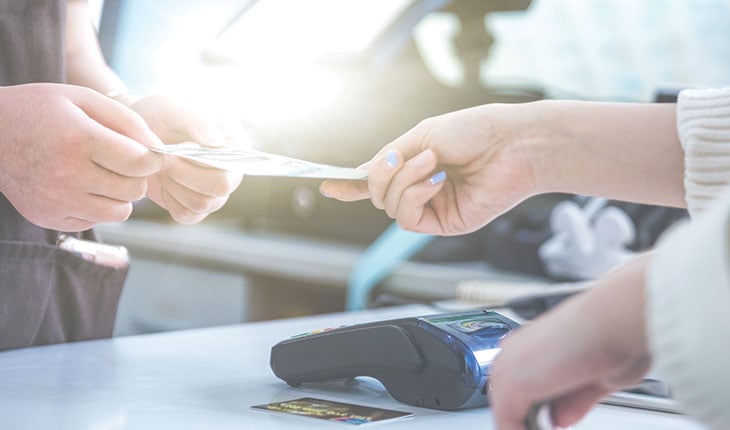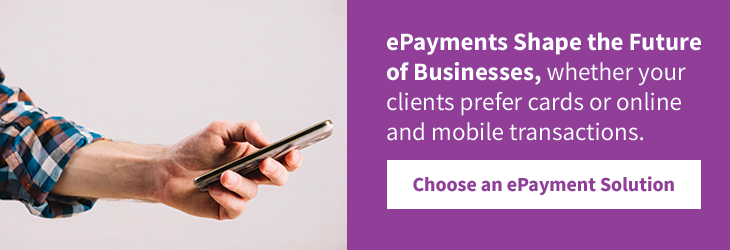
Future of Cash 2019, is a conference which annually brings together stakeholders involved in the cash cycle. The purpose of the conference is to provide a better understanding of the cash environment, the cash cycle optimization process, and future strategies for cash availability.
This year’s edition which took place on February 20-21, highlighted the fact that nearly 85% of all retail transactions today are still made with cash, representing around 60% of retail transaction value.
During the event, many and very interesting topics were discussed: statistics and trends around the issuance and usage of cash, the introduction of digital currencies, blockchain technology, cash access, and cash alternatives and competitiveness.
The cash vs. cashless discussion is not limited to the financial, technology or payments industries. It is a topic that one can discuss with their colleagues, partners, friends, and within families and still gets a strong opinion out of each of them.
There is obviously no black and white in the future of cash, but there was consensus in one thing: Cash has a Future. Cryptocurrency enthusiasts, tech gurus, and cash lovers all agreed that cash will be around for a long time.
The reason why cash has a future is striking
Cash has many benefits: it provides freedom, it is independent of things like electricity and network connections, it gives anonymity and is something you can see, touch and smell.
It has some drawbacks too, the main one being accessibility, which combined with the somewhat spoiled generation of “here and now”, could become a major issue.
But after two full days of discussions about fingerprint payments and cash operations challenges the big conclusion was that the reason why cash will still be around in the future is not related to any logical or technological argument.
The decision is purely emotional
In the developed countries people have access to the internet almost everywhere, electricity is quite dependable, and cards are easy to get. Everyone has one (or more) smartphone(s), one (or more) bank account(s) and is educated enough to be able to use them. So, it seems like your average citizen could be going cashless very soon.
Only they’re not.
In Germany, 80% of the volume of transactions are made in cash. In Spain, 87% (www.ecb.com). Even the U.S.A. still have more than 30% of their transactions realized in cash (www.frbsf.com).
It doesn’t necessarily depend on age or culture. It is true that older generations are not as familiar with the technology, and they wouldn’t choose an app for a P2P payment or use their mobile phone to pay at the supermarket.
Instead, younger people wouldn’t think twice, they would do all those things and more. But based on the statistics and trends of cash payments, we can safely assume that younger people still value cash and are willing to use them in some circumstances.
“It seems that most people don’t seem willing to sit down, think about the pros and cons, and make an informed decision. They don’t act rationally, they act emotionally. They prefer to use cash because they trust it. They choose freedom, independence, and simplicity.
They choose to be anonymous and disconnected. They choose old-school. In the end, the question is not whether we will have cash in the future. It is in which circumstances we will keep using cash." Violeta Xanthouli – Group Marketing Manager, Printec.
Note: Any views, thoughts and opinions expressed in the text belong solely to the author, and do not necessarily reflect the official views or opinions of Printec.








